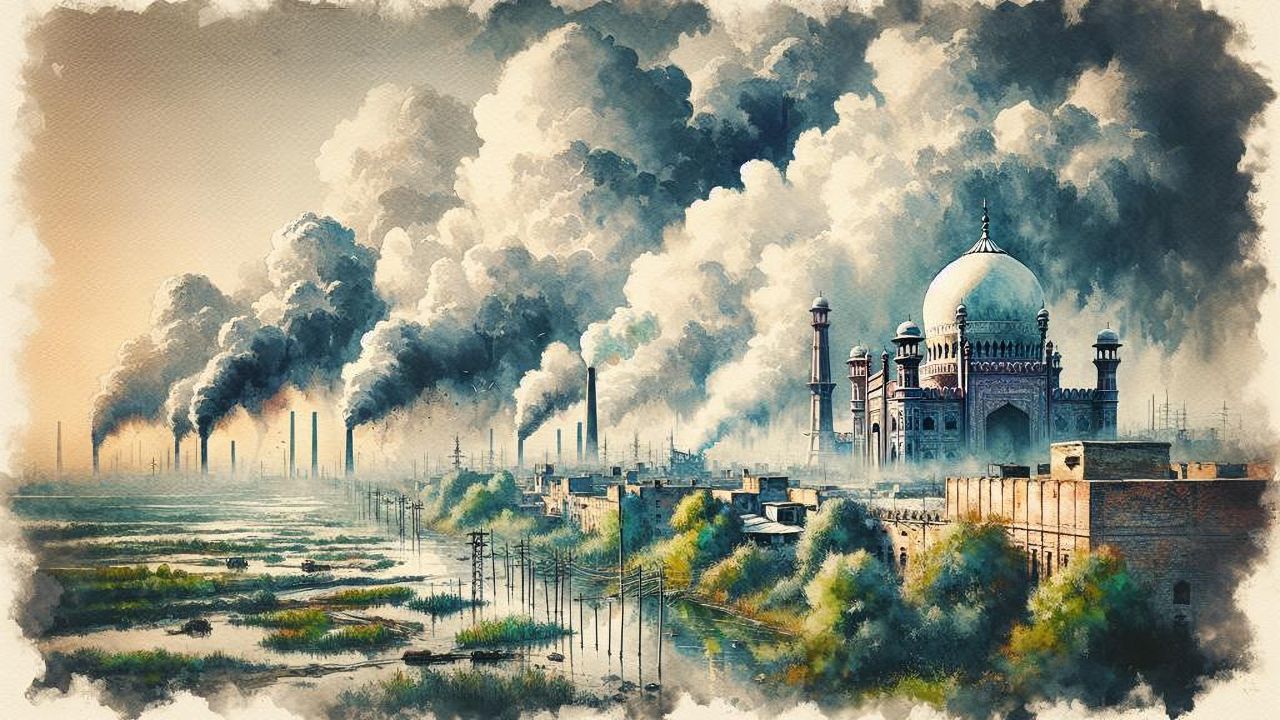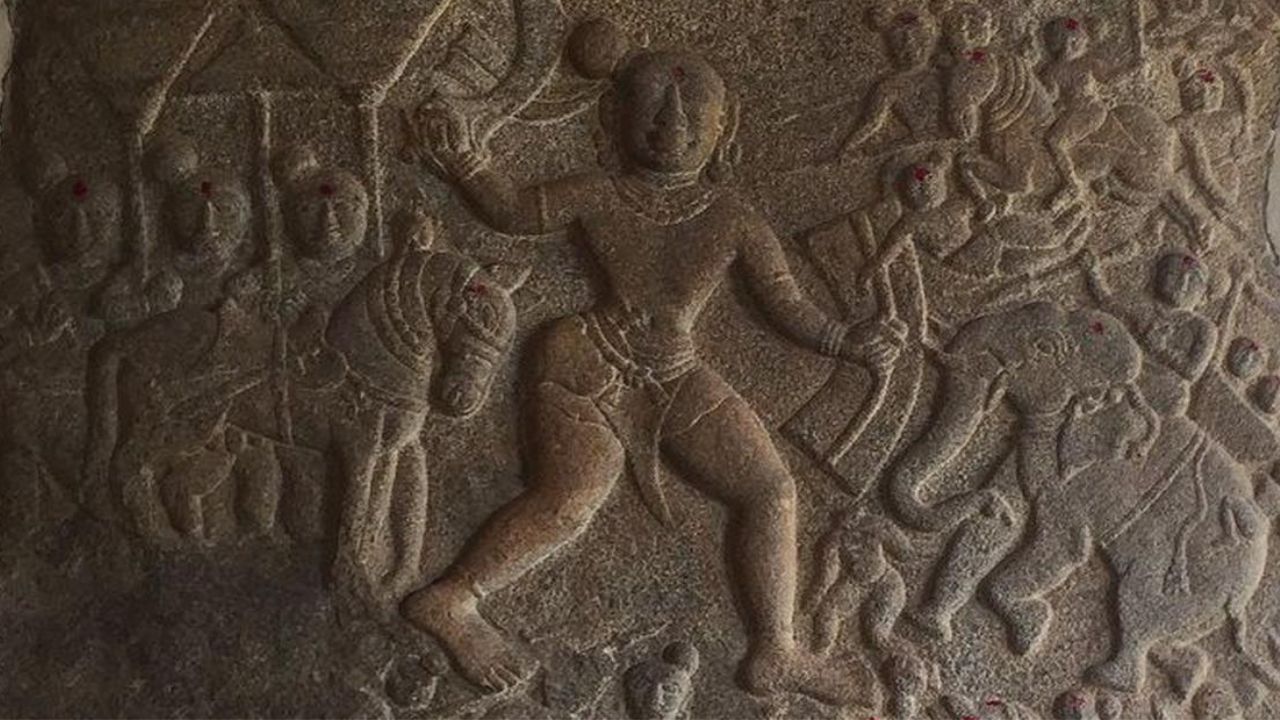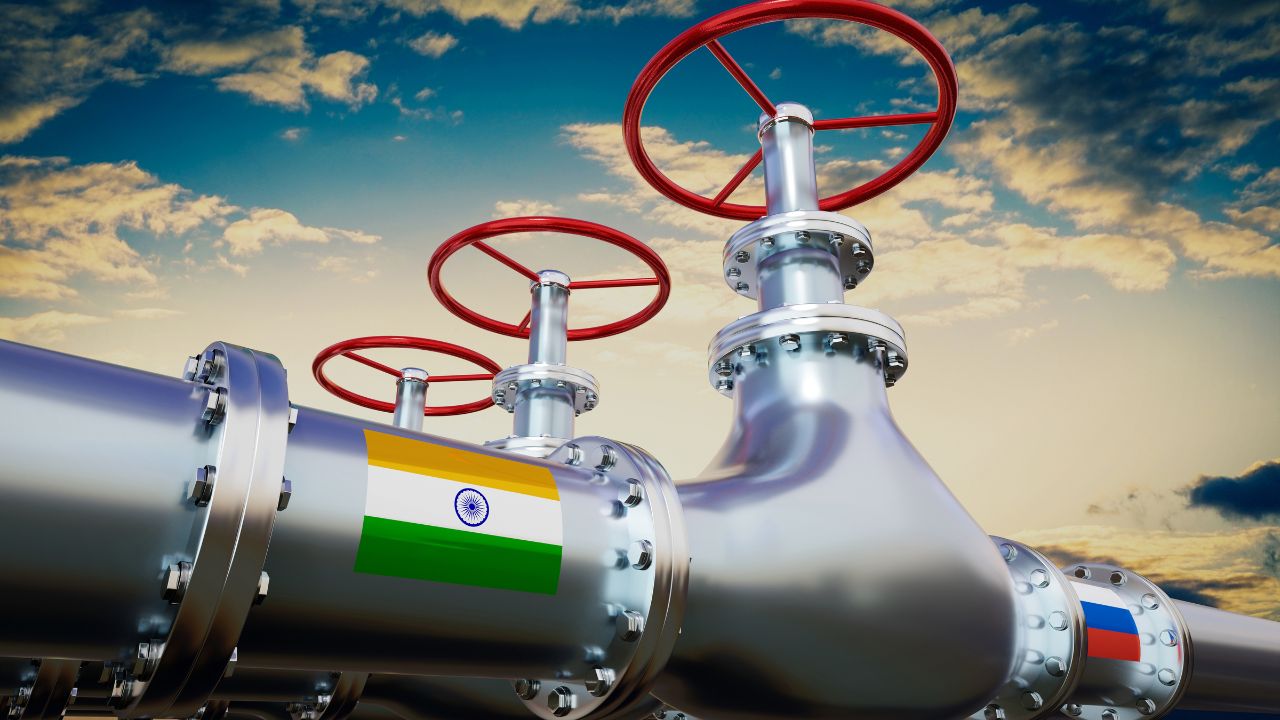
Note from the Editor: This year, Dussehra falls on a Sunday—which is a working day for the splainer team (as we get ready for our Monday edition). Since our team will be taking that day off, we will not be publishing splainer on Monday as usual. So we will see you all on Tuesday am—with lots of good stuff as usual! Wishing you all a long and festive weekend! Happy, happy Dussehra to all!
Rising Delhi pollution is a serious Covid threat
The TLDR: Air quality in Delhi and other parts of North India is already worse than 2018 and 2019. But this year, the always toxic levels of pollution pose an added threat. The reason: the pandemic. Studies on the virus show that people who live in highly polluted parts of the world are more likely to become infected, develop severe symptoms and even die.
What’s happening with Delhi?
The air quality has deteriorated very rapidly over the last month—and it is worse than ever. Delhi's air quality index (AQI) for the first two weeks of October 2020 was worse than in the same period in 2018/2019. The average was "poor"—227 on a scale of 500, well above the "safe" limit of 60—for most of the month and turned hazardous this week.
Despite months of lockdown?
The pandemic literally cleared the air in the North, especially Delhi. And as this World Bank paper notes, our air quality numbers were headed in the right direction even before the lockdown. But two factors have made it worse this year.
One: The early retreat of the monsoon. Delhi literally has not seen a drop of rain since September 8. As one meteorologist notes: “Rain helps settle down pollutants, so this did not happen this year. Besides, the wind speed during the nights was almost nil this week and pollutants could not be dispersed.” Last year, the monsoon retreated on October 10.
Two: Early crop burning. Every year, farmers harvest their paddy and then burn the stubble to clear their fields—before they plant the rabi crops. This usually starts in earnest around mid-October. But this year, farmers raced to get an early start—as early as the first week of September. In Punjab, Haryana, and Uttar Pradesh, the number of stubble-burning incidents were 5X compared to the same period last year. The total number of incidents: 1,091—the highest since 2016 for this week in October.
Ugh! And how does this make Covid worse?
In four alarming ways.
One: Pollution erodes our body’s immune defence system—and makes our lungs more vulnerable to infections. A leading Stanford researcher explains:
“Our first line of defense when we breathe are cilia, little hair-like structures that line our respiratory tract and keep the airways clear of mucus and dirt. We know pollution can damage the cilia, and things like smoking can even kill them.”
Another researcher told BBC News: Pollutants like nitrogen oxides and ground-level ozone from car exhaust fumes or burning of fossil fuels “can also cause a persistent inflammatory response and increase the risk of infection by viruses that target the respiratory tract."
Two: A recent study found that since the virus is airborne, any change in air quality will affect transmission rates. The virus also remains in the air for longer periods of time when it is severely polluted, according to a leading Delhi pulmonologist:
“With air pollution, especially smog, particles remain suspended in the air for a longer duration. So the aerosol—which is the major source of COVID-19 infection—will also be in the air for a long time and can spread the virus more.”
Three: Pollution also causes those dreaded “underlying conditions”—cancer, heart disease, stroke, diabetes, asthma—which trigger serious complications once a person is infected. A recent Cambridge University study found a strong correlation between the severity of Covid cases and pollution. Also this: Bad air can make it harder to recover from an infection. There are numerous reports of patients in Noida, Ghaziabad etc. being rehospitalised—suffering from severe breathlessness, bronchitis and new chest infections.
Four: The greater number of severe cases is also likely to result in a higher number of deaths. A Harvard study looked at concentrations of PM 2.5—tiny particles of pollutants—in the US. The conclusion: patients in areas with high levels of air pollution are more likely to die from the infection than others:
“For example, it found that a person living for decades in a county with high levels of fine particulate matter is [8%] more likely to die from the coronavirus than someone in a region with one unit less of the fine particulate pollution.”
The measure of ‘one unit’: one microgram per cubic meter of PM 2.5. The average PM 2.5 levels in Delhi right now: 180-300 micrograms per cubic metre—12 times higher than the WHO's safe limits.
Point to note: The recently published State of Global Air report reveals that Indians have the highest exposure to hazardous PM 2.5 particulate matter in the world!
The bottomline: is perfectly summed up by Harvard professor Francesca Dominici: “If you’re getting COVID, and you have been breathing polluted air, it’s really putting gasoline on a fire.”
Reading list
BBC News has an excellent report on the looming health crisis in Delhi due to pollution. Read National Geographic and the New York Times for more on the link between air pollution and Covid death rates. We highly recommend this conversation with Stanford researcher Mary Purnicki on the link between air pollution and the transmission of Covid. If you want to know how bad our levels of pollution are, check out the State of Global Air report.








